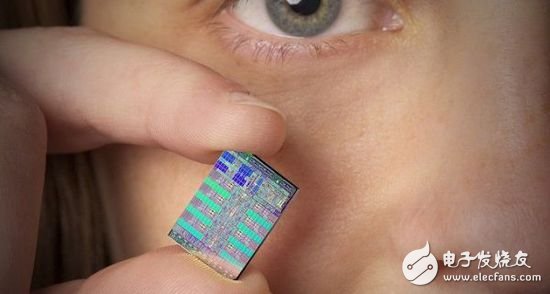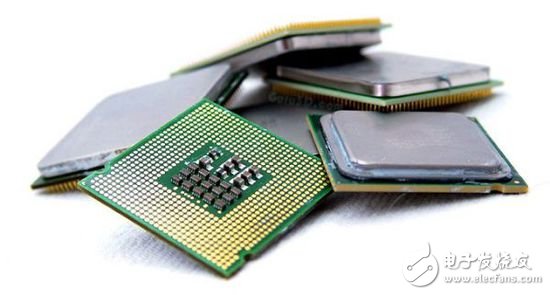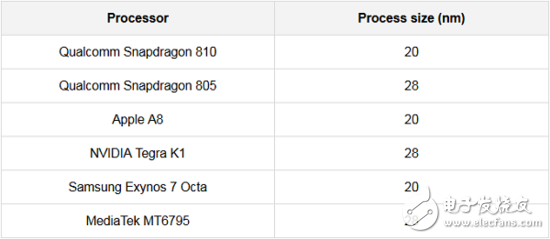When launching new processors, manufacturers always like to talk about "smaller nano-process technology," "more powerful performance," and "excellent energy performance." However, many people may find it difficult to understand why they can be more powerful while doing smaller and lower power consumption. In view of this, the foreign media PhoneArena specially wrote an article to explain some of the problems related to the "process".

First of all, what is nano?
Essentially, a microprocessor is a circuit that is stacked by a number of "layers" made of different materials, containing tiny components such as transistors, resistors, and capacitors.
But they are very different from the conventional components used by the big chunks you throw into the rubbish, because they are so small that they are too small to be seen by the naked eye, and the scale is even more shocking.
In these "matrix arrays" of components, the distance between components is usually measured in nanometers. If you think that the concept of "one billionth of a meter" is not easy to remember, you can also describe it with "nanometers".
Finally, the smaller the pitch, the more components that can be placed on the chip.

Second, why is the process smaller and more energy efficient?
The answer is: after reducing the distance between components, the capacitance between the transistors will be lower, thus increasing their switching frequency.
Since the dynamic power consumption of transistors when switching electronic signals is proportional to the capacitance, they can achieve more power savings while being faster.
In addition, these smaller transistors require only a lower turn-on voltage, which in turn is inversely proportional to the square of the voltage (the energy efficiency is increased).
Finally, the biggest driver for semiconductor manufacturers to move toward smaller process sizes is cost reduction. The smaller the component, the more chips can be cut from the same wafer.
Even if smaller processes require more expensive equipment, the investment cost can be offset by more wafers.

Finally, why is the leap in process technology almost every two years?
There are advantages and disadvantages. When the process is smaller and more power-saving, the current of the transistor is also more likely to leak - even if it is in the "off" state. As a result, it will cause the chip to "more electricity."
In an ideal world, the array of these components will be completely stable. As electronic devices become smaller and smaller, fluctuations, gradual changes, and proliferation can have a big impact on them.
So how do you strike a balance between “process†and “stability� The table above shows the "limits" of mobile chips currently available on the market.
Of course, the pursuit of “limits†by manufacturers is endless. Perhaps in the near future, we will be able to usher in the production of the "single atom size" process chip.
Harvester Thrust Wheel,Thrust Wheel For Harvester,Harvester Parts,Harvester Track Roller Thrust Wheel
Changzhou Youeryou Trading Co., Ltd. , https://www.farmpartssupplier.com
